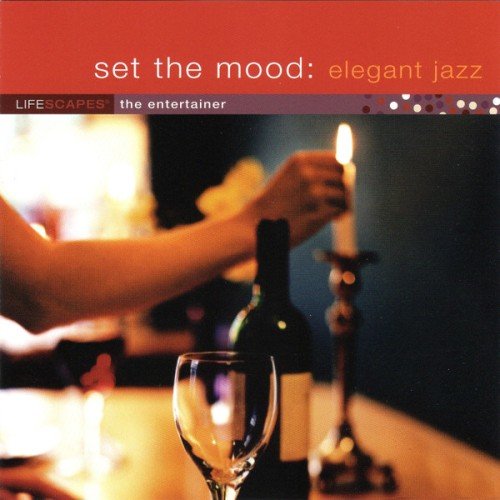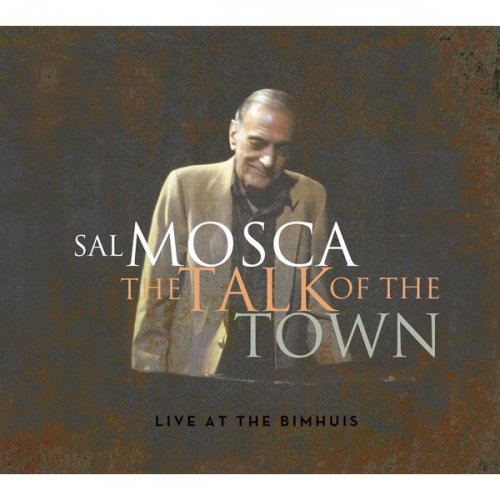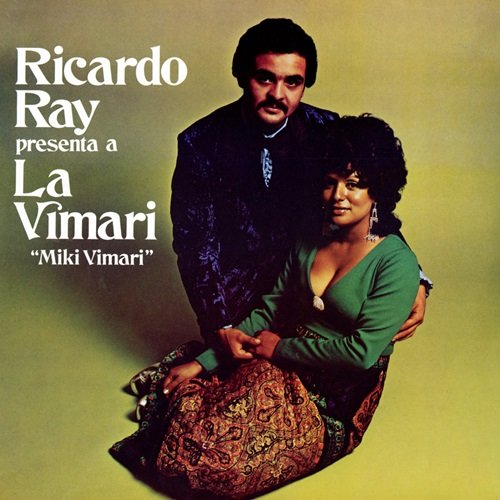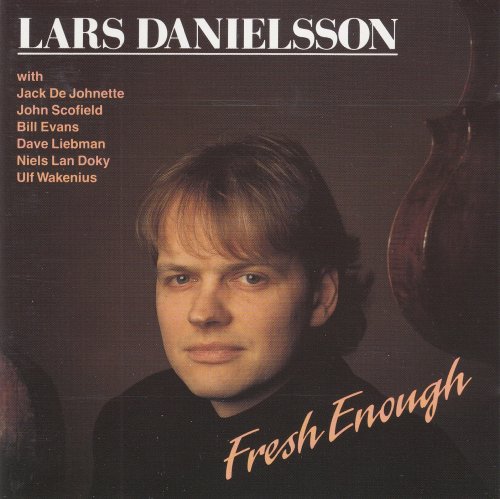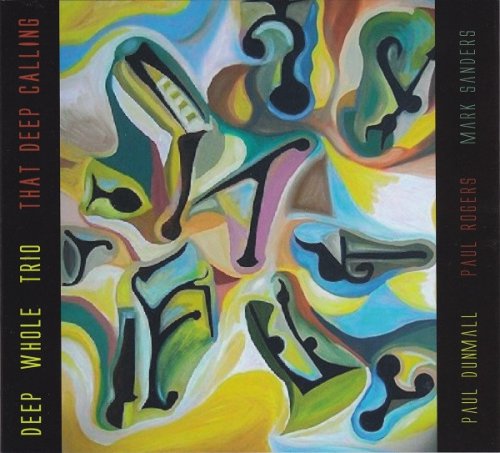The End - Allt Är Intet (2020) [Hi-Res]
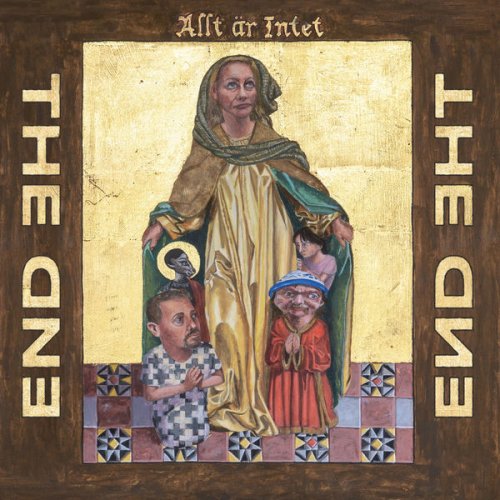
Artist: The End
Title: Allt Är Intet
Year Of Release: 2020
Label: RareNoiseRecords
Genre: Jazz, Rock, Experimental
Quality: FLAC (tracks) [48kHz/24bit] / FLAC (tracks) / MP3
Total Time: 41:43
Total Size: 499 / 260 / 98 MB
WebSite: Album Preview
Tracklist:Title: Allt Är Intet
Year Of Release: 2020
Label: RareNoiseRecords
Genre: Jazz, Rock, Experimental
Quality: FLAC (tracks) [48kHz/24bit] / FLAC (tracks) / MP3
Total Time: 41:43
Total Size: 499 / 260 / 98 MB
WebSite: Album Preview
1. It hurts me too (4:59)
2. Dark Wish (To Per Henrik Wallin) (9:50)
3. Intention and release (5:03)
4. Allt Är Intet (8:08)
5. Kråka. Rörde Sig Aldrig Mer (6:54)
6. Imani (6:50)
Personnel:
Sofia Jernberg - Voice
Kjetil Møster – Tenor Sax, Clarinet and Electronics
Mats Gustafsson – Baritone Sax, Flute and Live Electronics
Anders Hana – Baritone Guitar and Langeleik
Børge Fjordheim - Drums
The English translation of Allt Är Intet is “All Is Nothingness” – an apt enough title for a band already possessed of the scorched earth sonic tendencies and nihilist-leaning name of The End. Yet there’s some ambiguity to that philosophy; the most bleak and despairing interpretation can be countered by a more all-embracing, one-with-the-universe meditativeness.
Perhaps surprisingly, either conclusion proves to fit Allt Är Intet, the remarkable second full-length album by The End. The powerhouse international quintet is made up of Swedish saxophonist Mats Gustafsson (Fire!, The Thing), Norwegian saxophonist Kjetil Møster (Møster!, Zanussi 5), Ethiopian-born vocalist Sofia Jernberg (Fire! Orchestra, PAAVO), Norwegian guitarist Anders Hana (MoHa!, Ultralyd), and Norwegian drummer Børge Fjordheim (Cloroform).
Anyone familiar with these boundary-leaping musicians’ work is familiar with their throttling ferocity and ability to stretch their music into brutal extremes with focused intensity, as evidenced throughout The End’s audacious 2018 debut, Svarmod Och Vemod Är Värdesinnen (which featured Deerhoof drummer Greg Saunier in lieu of Fjordheim). But their follow-up, achieved after two years of continued exploration together, strikes an exhilarating balance between its predecessor’s blistering maelstroms and a more densely layered and haunting beauty.
“Everything really came together on this record,” Gustafsson enthuses. “It’s still rough and dark, but I think we deal with the lyricism on a totally different level. “The band consists of a very interesting mix of people, and the mix of brutal riffs and free jazz melodic material is for me a dream come true. I like simple, Neanderthal music too, but this has so many complex layers.”
“When we recorded the first album, we had only played three gigs before going straight into the studio,” Møster recalls. It was a very chaotic meeting and I think the album reflects that. We’ve gotten to know each other much better and grown together, and I felt that in the studio we became a single entity.”
The End convened last November in Norway’s Elektrolüd studio with producer Jørgen Træen. The first hint that they’d scaled new heights during that session was revealed in March with the release of Nedresa, a two-song EP also available on RareNoise. Though it stems from the same date, Allt Är Intet is a fascinating and cohesive statement all its own, one that sustains a wide-ranging yet tautly enthralling mood throughout its absorbing 41 minutes.
Unusually for this gathering of adventurous improvisers and inventive composers, the album is bracketed by a pair of unexpected cover tunes. It opens with a harrowing version of “It Hurts Me Too” by Greenwich Village folk singer Karen Dalton. The song was a favorite of Gustafsson’s mentor in both music and literature, the late Harald Hult. The owner of Stockholm’s renowned record store Andra Jazz and founder of the Blue Tower Records label, Hult would play a particularly cherished version of Dalton’s song at any opportunity, and Gustafsson made sure to play that special version of the song, from a lathe cut, at Hult’s 2018 funeral. The psychic scars implied by Dalton’s spare lyric are given searing life in Jernberg’s performance, howled over a tumultuous drone anchored by Hana’s langeleik, a Norwegian zither.
The album ends with an exploration of sax great Dewey Redman’s “Imani,” a track from his classic 1973 Impulse! album The Ear of the Behearer. The track seems to congeal out of some primordial void, as a swirling cacophony of vocal chirps, growls and grunts swirl together with breathy rasps and fluttering flute. Gustafsson holds Redman in high regard, saying, “Dewey is so deep and was a great composer as well. He deserves much more recognition, so I felt it was important to bring his legacy to people’s attention.”
Gustafsson’s hard-charging “Dark Wish” is another dedication to a pioneering jazz artist, in this case the Swedish pianist Per Henrik Wallin. Influential in Europe but little known in the States, Wallin bridged generations and styles in the Swedish jazz scene during his lifetime, providing early opportunities for Gustafsson and his experimental cohort. “Per Henrik basically came from Monk and that tradition,” the saxophonist explains. “His friends and colleagues thought he was crazy to connect with me and drummer Kjell Nordeson, these young free-form dudes, but he heard something in us that he liked. He really taught me how to interact, how to trust your fellow musicians and learn to listen to signals. He looked at life in a pretty dark way, but he had a great sense of humor so this is an attempt to celebrate his legacy.”
Møster contributes the relentless, rhythmically intricate “Intention and Release,” which Gustafsson calls “one of the weirdest pieces I ever played in my life.” As Jernberg intones the saxophonist’s recursive lyric in a thrall of ritualistic transport, the band lurches ever forward in an unforgiving but unpredictable death march. “The song is about how the same thing can mean very different things to different people,” Møster explains.
“I’ve been fooling around with rhythmic ideas for as long as I can remember, and this one is orchestrated to be really hard – not so dynamic, more static and driving like a slave march among the Egyptian pyramids. It was a struggle to record, and I was getting more and more sweaty and stressed out until it suddenly it fell into place. It often takes an effort to break through something challenging, but if you try long enough and really want something to work it usually works in the end.”
Gustafsson provided the lyrics for Hana’s turbulently grooving title track, which takes its name from the icon-inspired cover artwork once again provided by Gustafsson’s lifelong friend, artist Edward Jarvis. “Anders comes up with the best riffs and grooves,” Gustafsson says. “His background is in grindcore and metal music, but he’s also deeply into Scandinavian folk music. So he adds to the group a mixture of the raw brutality of grindcore but also a kind of melodic fragility.”
Hana also provided “Kråka. Rörde Sig Aldrig Mer.” The title translates as “Crow. Never Moved Again.” and is tip of the hat to British poet Ted Hughes and his revered collection Crow: From the Life and Songs of the Crow. The music is built around a steamroller riff straight out of the sludgier end of the guitarist’s metal reservoir.
The exciting balance of diverse influences and cogent spirit makes Allt Är Intet feel like the work of a firmly united yet limitless group, which The End has undoubtedly become. “We all have varied and polarized tastes and quite inverted sides,” Møster admits. “Mats can play extremely subtle and articulated, but he can also be a storm. Sofia has an incredible soul and presence but also can generate these wild sounds. We all have very opposite sides in us but we manage to bring them together in a way that feels good for all of us.”
Perhaps surprisingly, either conclusion proves to fit Allt Är Intet, the remarkable second full-length album by The End. The powerhouse international quintet is made up of Swedish saxophonist Mats Gustafsson (Fire!, The Thing), Norwegian saxophonist Kjetil Møster (Møster!, Zanussi 5), Ethiopian-born vocalist Sofia Jernberg (Fire! Orchestra, PAAVO), Norwegian guitarist Anders Hana (MoHa!, Ultralyd), and Norwegian drummer Børge Fjordheim (Cloroform).
Anyone familiar with these boundary-leaping musicians’ work is familiar with their throttling ferocity and ability to stretch their music into brutal extremes with focused intensity, as evidenced throughout The End’s audacious 2018 debut, Svarmod Och Vemod Är Värdesinnen (which featured Deerhoof drummer Greg Saunier in lieu of Fjordheim). But their follow-up, achieved after two years of continued exploration together, strikes an exhilarating balance between its predecessor’s blistering maelstroms and a more densely layered and haunting beauty.
“Everything really came together on this record,” Gustafsson enthuses. “It’s still rough and dark, but I think we deal with the lyricism on a totally different level. “The band consists of a very interesting mix of people, and the mix of brutal riffs and free jazz melodic material is for me a dream come true. I like simple, Neanderthal music too, but this has so many complex layers.”
“When we recorded the first album, we had only played three gigs before going straight into the studio,” Møster recalls. It was a very chaotic meeting and I think the album reflects that. We’ve gotten to know each other much better and grown together, and I felt that in the studio we became a single entity.”
The End convened last November in Norway’s Elektrolüd studio with producer Jørgen Træen. The first hint that they’d scaled new heights during that session was revealed in March with the release of Nedresa, a two-song EP also available on RareNoise. Though it stems from the same date, Allt Är Intet is a fascinating and cohesive statement all its own, one that sustains a wide-ranging yet tautly enthralling mood throughout its absorbing 41 minutes.
Unusually for this gathering of adventurous improvisers and inventive composers, the album is bracketed by a pair of unexpected cover tunes. It opens with a harrowing version of “It Hurts Me Too” by Greenwich Village folk singer Karen Dalton. The song was a favorite of Gustafsson’s mentor in both music and literature, the late Harald Hult. The owner of Stockholm’s renowned record store Andra Jazz and founder of the Blue Tower Records label, Hult would play a particularly cherished version of Dalton’s song at any opportunity, and Gustafsson made sure to play that special version of the song, from a lathe cut, at Hult’s 2018 funeral. The psychic scars implied by Dalton’s spare lyric are given searing life in Jernberg’s performance, howled over a tumultuous drone anchored by Hana’s langeleik, a Norwegian zither.
The album ends with an exploration of sax great Dewey Redman’s “Imani,” a track from his classic 1973 Impulse! album The Ear of the Behearer. The track seems to congeal out of some primordial void, as a swirling cacophony of vocal chirps, growls and grunts swirl together with breathy rasps and fluttering flute. Gustafsson holds Redman in high regard, saying, “Dewey is so deep and was a great composer as well. He deserves much more recognition, so I felt it was important to bring his legacy to people’s attention.”
Gustafsson’s hard-charging “Dark Wish” is another dedication to a pioneering jazz artist, in this case the Swedish pianist Per Henrik Wallin. Influential in Europe but little known in the States, Wallin bridged generations and styles in the Swedish jazz scene during his lifetime, providing early opportunities for Gustafsson and his experimental cohort. “Per Henrik basically came from Monk and that tradition,” the saxophonist explains. “His friends and colleagues thought he was crazy to connect with me and drummer Kjell Nordeson, these young free-form dudes, but he heard something in us that he liked. He really taught me how to interact, how to trust your fellow musicians and learn to listen to signals. He looked at life in a pretty dark way, but he had a great sense of humor so this is an attempt to celebrate his legacy.”
Møster contributes the relentless, rhythmically intricate “Intention and Release,” which Gustafsson calls “one of the weirdest pieces I ever played in my life.” As Jernberg intones the saxophonist’s recursive lyric in a thrall of ritualistic transport, the band lurches ever forward in an unforgiving but unpredictable death march. “The song is about how the same thing can mean very different things to different people,” Møster explains.
“I’ve been fooling around with rhythmic ideas for as long as I can remember, and this one is orchestrated to be really hard – not so dynamic, more static and driving like a slave march among the Egyptian pyramids. It was a struggle to record, and I was getting more and more sweaty and stressed out until it suddenly it fell into place. It often takes an effort to break through something challenging, but if you try long enough and really want something to work it usually works in the end.”
Gustafsson provided the lyrics for Hana’s turbulently grooving title track, which takes its name from the icon-inspired cover artwork once again provided by Gustafsson’s lifelong friend, artist Edward Jarvis. “Anders comes up with the best riffs and grooves,” Gustafsson says. “His background is in grindcore and metal music, but he’s also deeply into Scandinavian folk music. So he adds to the group a mixture of the raw brutality of grindcore but also a kind of melodic fragility.”
Hana also provided “Kråka. Rörde Sig Aldrig Mer.” The title translates as “Crow. Never Moved Again.” and is tip of the hat to British poet Ted Hughes and his revered collection Crow: From the Life and Songs of the Crow. The music is built around a steamroller riff straight out of the sludgier end of the guitarist’s metal reservoir.
The exciting balance of diverse influences and cogent spirit makes Allt Är Intet feel like the work of a firmly united yet limitless group, which The End has undoubtedly become. “We all have varied and polarized tastes and quite inverted sides,” Møster admits. “Mats can play extremely subtle and articulated, but he can also be a storm. Sofia has an incredible soul and presence but also can generate these wild sounds. We all have very opposite sides in us but we manage to bring them together in a way that feels good for all of us.”
![Tomasz Stanko - Unit (Polish Radio Sessions vol. 2/6) (2025) [Hi-Res] Tomasz Stanko - Unit (Polish Radio Sessions vol. 2/6) (2025) [Hi-Res]](https://www.dibpic.com/uploads/posts/2025-12/1765796826_cover.jpg)
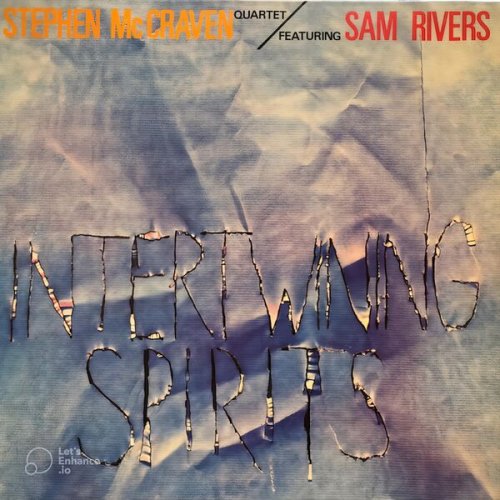
![Stephen McCraven - Wooley the Newt (2025) [Hi-Res] Stephen McCraven - Wooley the Newt (2025) [Hi-Res]](https://www.dibpic.com/uploads/posts/2025-12/1765906334_cover.jpg)
